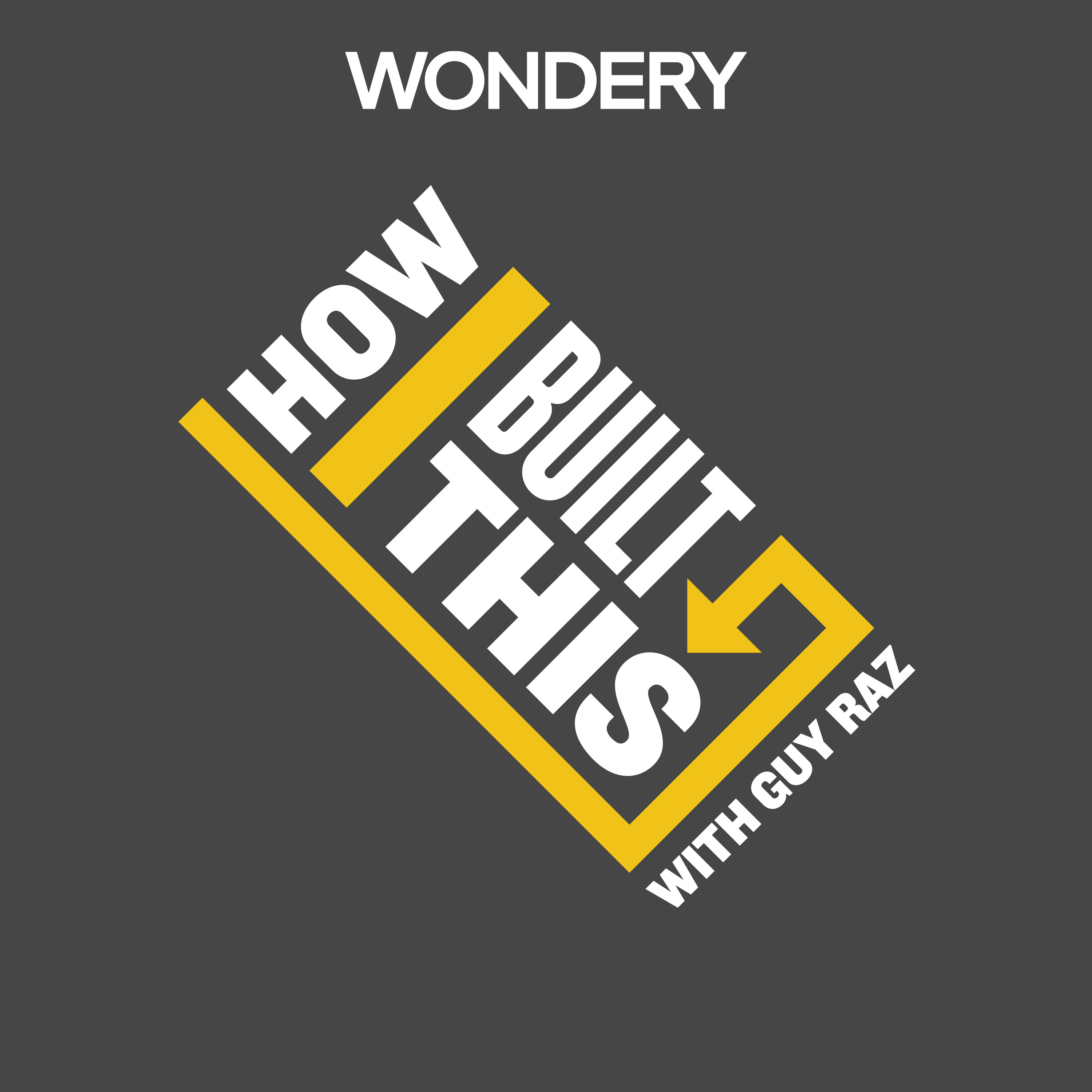The Rise of Crate and Barrel: A Story of Innovation and Success
TLDR Gordon Segal and his wife Carol founded Crate and Barrel after being inspired by affordable European housewares, facing financial challenges, and transforming an old elevator factory into a successful Scandinavian-style store. Despite taking significant risks and eventually selling the business, Crate and Barrel grew rapidly, with a focus on developing the internet business and philanthropy work after Gordon Segal stepped down as CEO.
Timestamped Summary
00:00
Gordon Segal and his wife Carol built the Housewares Empire Crate and Barrel from a small storefront in Chicago, revolutionizing affordable home furnishing in America.
04:22
Gordon Segal and his wife Carol were inspired to open Crate and Barrel after discovering affordable European housewares in the Virgin Islands, leading them to believe they could offer similar products in the US at better prices.
08:12
Gordon Segal and his wife faced financial challenges and had to creatively transform an old elevator factory into a Scandinavian-style store called Crate and Barrel, stocking it with a limited selection of merchandise ordered from catalogs before opening in December 1962.
12:20
Gordon Segal and his wife opened Crate and Barrel in an old town area, initially selling merchandise at cost due to mispricing and lack of proper invoicing, which surprisingly attracted customers and led to early success.
16:44
Gordon Segal and his wife traveled to Europe in the 1960s to visit factories and were inspired by the visual displays, color usage, and storefront designs, leading them to become students of retail and ultimately grow their business without outside investors.
20:29
Gordon Segal took significant risks with each new store opening, betting the company's future on their success, but eventually expanded rapidly to 60 stores by 1995 due to the need for scale in buying merchandise and the appeal of Crate and Barrel as a retail attraction.
24:25
Gordon Segal sold two-thirds of Crate & Barrel to a German company in 1998, eventually selling the rest 10 years later, leading to significant growth and a focus on developing the internet business, which now represents 38% of sales.
28:24
Gordon Segal stepped down as CEO of Crate & Barrel in 2008, but returned to help during a rough patch, and now focuses on philanthropic work in Chicago after celebrating 56 years of marriage with his wife Carol.
32:12
Alec and Eric Evedesian have turned recycled billboards into products sold in 300 U.S. retailers, with the company Rare Form starting to turn a profit but still requiring hustle and grind.
Categories:
Business
 Prompt Cast
Prompt Cast

